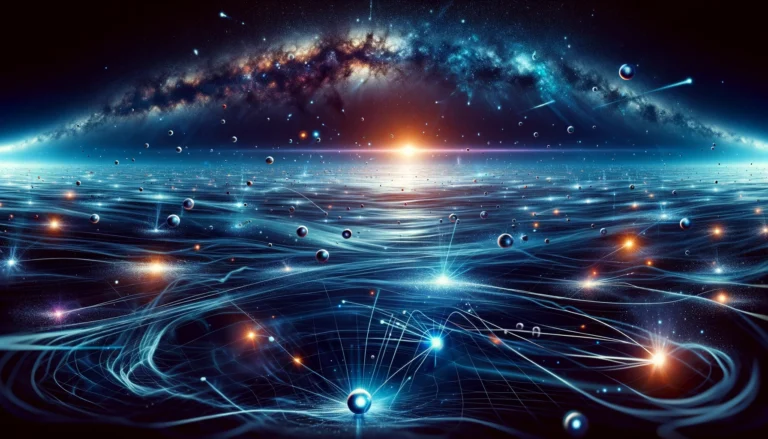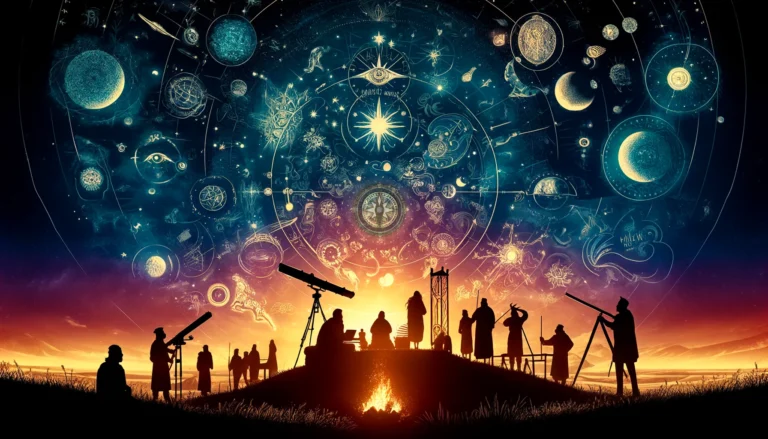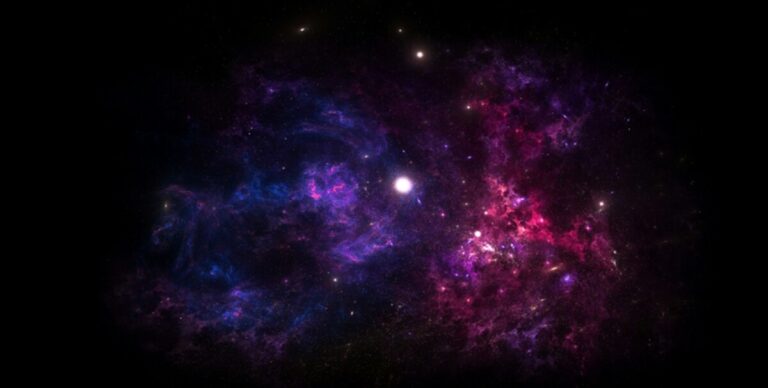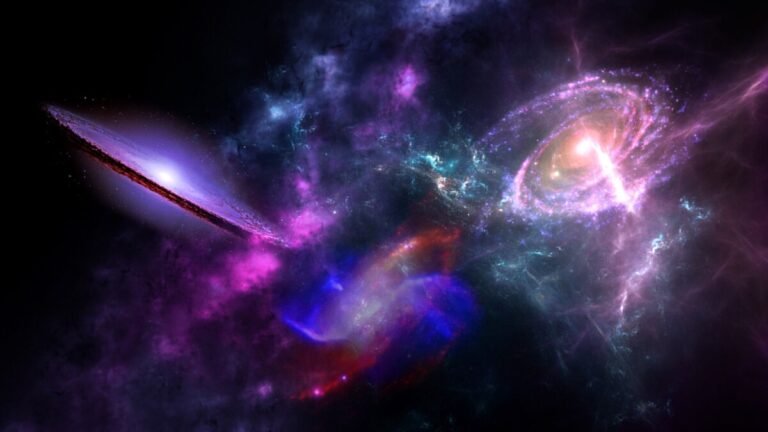The universe is full of secrets, but emptiness isn’t one of them.
When you think of space, you think of emptiness, a void. A place with nothing, but nothingness is actually an illusion. In philosophy, the concept of nothingness is often debated. Some argue that nothingness is a necessary concept to understand the existence of something, while others argue that nothingness is a logical contradiction, as the concept of nothingness implies the existence of something (the concept itself).

In many spiritual and religious traditions, the concept of nothingness is seen as a state of being that transcends existence and non-existence, often representing a state of unity, oneness, or the ultimate reality.

In physics, the concept of a true vacuum, where there are no particles, fields, or energy, is difficult to achieve. Even in the most advanced vacuum chambers, there are still residual particles and fluctuations. Space is never truly empty. Even the most “empty” regions of space contain tiny amounts of matter and energy. Think along the lines that gravity extends to all objects throughout the universe.
To be clear, while the word “space” can be a concept, as in the space of a room, in this context it refers to the physical universe, such as when traveling to the moon through space. Let’s break it down by discussing the known forces and particles. To date, we’ve identified 17 fundamental particles and four forces. While we’re fairly confident there are only four fundamental forces in the universe, there are speculative ideas about the existence of more particles. For example, many speculate about the idea of a “graviton” representing gravity.
The Four Forces
The four fundamental forces of nature include two that we encounter daily – gravity and electromagnetic force – and two nuclear forces: the weak and strong forces. Space can be extremely sparse, and the average distance between hydrogen atoms is about a meter. Because the strong and weak forces are limited to nuclei, you can say they do not exist between those atoms. However, the force of gravity exists everywhere all at once. As for the fourth force, electromagnetic, it may or may not be present in that cubic meter, but on average, it will be throughout most of it.
The 17 Particles
Now, let’s delve into the 17 known particles which form the basis of all known matter. On average, in empty space, there is likely about one hydrogen atom per meter. These atoms consist of one proton and one electron, and occasionally a neutron. In between these atoms, other particles are likely to be present. For example, light, or photons, pass through this empty space. Neutrinos, nearly massless particles that rarely interact with matter, are constantly passing through. Cosmic rays, high-energy protons, and atomic nuclei also traverse these empty regions, contributing to the particle landscape. Additionally, other leptons like electrons can exist between atoms, while heavier and more unstable particles like muons, tau leptons, and certain quarks are less likely to be found due to their instability and specific conditions required for their existence.

Within atoms, you’ll find particles like gluons and the Higgs boson, which are generally confined to atomic nuclei or high-energy environments. Others generally only found within an atom include quarks, which combine to form protons and neutrons within the nucleus. The W and Z bosons, which mediate the weak force, are also typically found in high-energy environments but play a crucial role in processes within atomic nuclei. These particles are fundamental to the structure and interactions within atoms, providing the strong and weak forces that hold atomic nuclei together and facilitate nuclear reactions.

Speculative Ideas: The Irrational
That’s about it for solid ground, and anything you hear beyond this are just the unverified ideas of theorists. And that begs the question, what are some of those? Since we’ve gone this far, let’s dip our toes into some of the particles they think might exist within the atom and in between atoms.
First up, within atoms.
Within the atom, theorists are looking into particles like the graviton, a hypothetical particle that would mediate the force of gravity. If it exists, it could help unify general relativity and quantum mechanics, two pillars of modern physics that currently don’t play well together. Another speculative particle is the axion, proposed to explain certain aspects of dark matter and solve the strong CP problem in quantum chromodynamics. These particles remain theoretical because we haven’t yet observed them directly.
In between atoms, theorists are toying with ideas about particles and forces that might fill the seemingly empty spaces. Dark matter particles, for instance, are a hot topic. While we haven’t detected them directly, their existence is inferred from their gravitational effects on galaxies and clusters of galaxies. Candidates for dark matter include WIMPs (Weakly Interacting Massive Particles) and sterile neutrinos, which are a proposed type of neutrino that doesn’t interact via any of the known forces except gravity.
Then there’s the dark photon, a hypothetical particle that would interact with regular photons through a new force, potentially explaining some of the mysteries of dark matter. And let’s not forget about string theory, which posits that all particles are actually tiny vibrating strings, each with different vibrational modes corresponding to different particles. While string theory is a rich and elegant framework, it remains untested and speculative.
These are just a few examples of the fascinating and sometimes mind-bending ideas that theorists are exploring. While these concepts are not yet verified, they offer exciting possibilities for expanding our understanding of the universe.
— map / TST —















